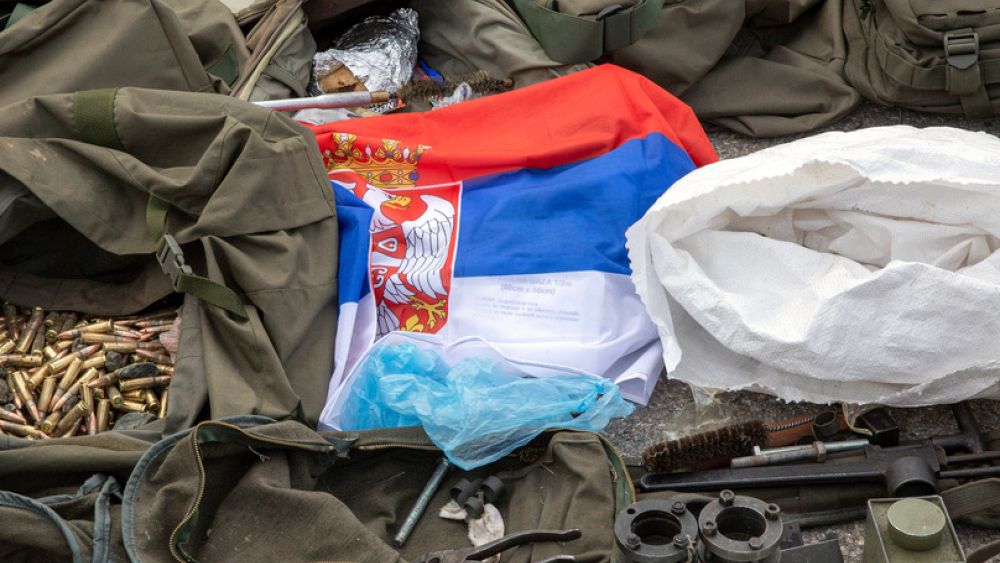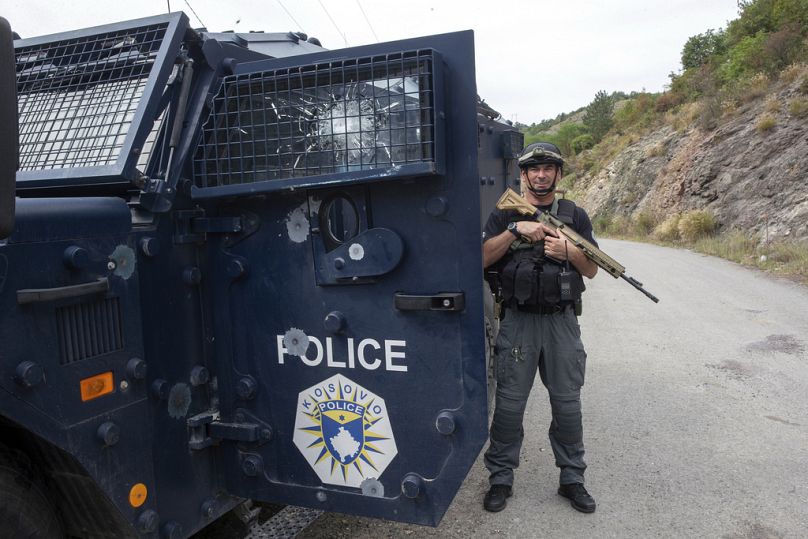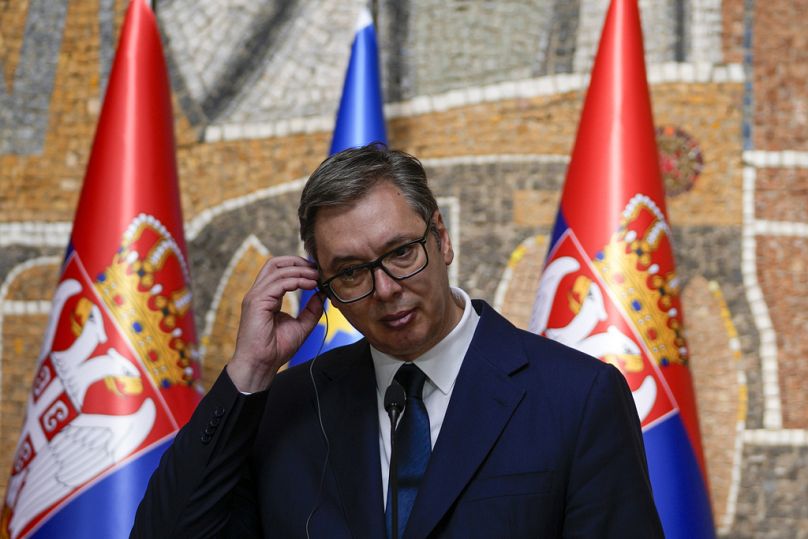
Kosovo’s leader said on Monday a recent “terrorist attack” by a paramilitary unit was part of a “broader plan” by Serbia to “annex” northern Kosovo.
Albin Kurti referenced the killing of a Kosovar Albanian police officer on 24 September in an ambush in an area where Serbs are the majority in several towns.
A shootout ensued, between Kosovar special forces and a heavily armed unit of Kosovo Serbs. Three of them were killed, while three others were arrested. Others fled.
According to Kurti, this incident – one of the most serious escalations to occur in Kosovo in recent years – was part of a “larger plan to annex northern Kosovo through a coordinated attack” on scores of positions.
He claimed the plan was to “set up a corridor towards Serbia ” to “allow the supply of weapons and troops.”
Serbia refuses to recognise the independence of Kosovo, its former southern province.
Rebels from Kosovo’s Albanian majority fought a war for independence against Serbian forces between 1998 and 1999 that ended following a NATO bombing campaign.
Tensions have spiked in northern Kosovo, home to approximately 120,000 Kosovo Serbs.

On Monday, Serbian leaders announced they reduced the number of troops along the Kosovar border, which they call an “administrative line”.
The Serbian army has reduced its contingent of soldiers from 8,350 to 4,500, said Chief of Staff of the Armed Forces Milan Mojsilovic on Monday, three days after the US warned against a “major military deployment”.
On Sunday, NATO announced it would strengthen its presence in Kosovo with 600 British soldiers.
Its peacekeeping force – known as KFOR – is comprised of around 4,500 soldiers from 27 countries.
The US-led military alliance again called for calm on Sunday and demanded that Belgrade and Pristina return to dialogue as quickly as possible.
This is “the only way to achieve lasting peace”, according to a NATO spokesperson.
During the latest outbreak of violence in the region on 24 September, a paramilitary unit composed of several dozen men killed a Kosovar Albanian policeman and injured another at a checkpoint near the village of Banjska, in northern Kosovo.
Supported by Belgrade, they reject the government in Pristina.
On the same day of the attack, Kosovar authorities claimed Serbia was behind the heavily armed group – something Serbian authorities rejected.
The US, Kosovo’s main international ally, urged Serbia to “withdraw [its] troops” from the border on Friday.
Serbian President Aleksandar Vucic accused Washington of lying, without explicitly denying the presence of Serbian soldiers.

He said the number of Serbian troops was well below that during a similar deployment in May.
General Mojsilovic claimed he was “surprised” by the “deep concern of some” about the deployment of Serbian forces during this latest “security crisis”.
According to him, the Serbian army had deployed some “14,000 soldiers” in the same region between December 2022 and May 2023 during “similar security crises”.
Serbian forces had then been placed “at the highest level of alert”, which was not the case last week, Mojsilovic stressed.





